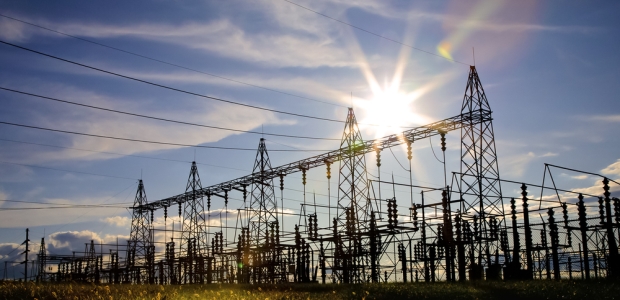
Federal Clean Power Plan to Help Create Business Opportunities and Jobs
According to E2’s comments, better modeling for the potential of renewables and energy efficiency would strengthen plan.
The federal Clean Power Plan is a cornerstone economic and environmental policy that’s garnering strong support from a broad coalition of business leaders because of its flexibility and the clear market signal it sends to the private sector, according to comments the nonpartisan business group Environmental Entrepreneurs (E2) submitted to the EPA.
More than 300 business leaders from across the country signed on to E2’s comments. Representing dozens of different states and working in economic sectors like banking, energy, real estate, and technology, these business leaders agree that strong implementation of the Clean Power Plan will create new business opportunities, expand markets, and add thousands of new jobs.
E2 notes the plan will result in increased deployment of renewable energy and more investments in energy efficiency, two of the most cost-effective ways to counter climate change’s rising costs while creating good jobs for American workers.
E2 executive director Bob Keefe made the following statement:
“What this plan means is more jobs and less carbon pollution. But the EPA can make a good plan even better.”
Specifically, E2 calls upon the EPA to:
- Reconsider several modeling assumptions. Wind and solar costs have each declined about 40 percent in recent years. EPA should take this into account and update its cost and performance assumptions for renewable energy and energy efficiency. EPA should also more accurately account for the value and potential of emission reductions via energy efficiency, taking cues from successful programs in states like Massachusetts and California. EPA should also include distributed generation as a major source of renewable energy capacity, since net-metered capacity now makes up about half of total U.S. solar PV capacity.
- Include a broader range of efficiency programs. The Clean Power Plan could become more flexible while increasing savings from energy efficiency if it includes programs and activities like: improvements in the transmission and distribution system, state building and appliance standards, and savings delivered by energy service companies that do not get utility and state funding.
- Update the state target formula. Every MW of renewable energy added to the grid or saved via energy efficiency should count as a direct offset to fossil-based emissions. Altering the formula improves emissions reductions and creates more incentives for investments in sustainable energy technologies.
Benefits of the plan include its flexibility, E2 said in its comments, noting that states adopting strong implementation plans (or joining regional carbon pollution programs like the Northeast’s Regional Greenhouse Gas Initiative) will see the biggest increases in clean energy investments and job growth.
E2 member Emily Rice, business development manager at The Energy Group, an energy efficiency company in Des Moines, Iowa, made the following statement:
“Ultimately energy efficiency improves the economic vitality of businesses and individuals in Iowa. To do this in the most effective way, the EPA should work to improve its own Clean Power Plan to create an even better blueprint for future growth in states like Iowa. This gives us the best shot at reducing our carbon pollution with smart solutions that directly serve Iowans and our economy.”
Investments in sectors like clean energy, energy efficiency, and clean transportation have over the past three years led to more than 600 announcements expected to create about 250,000 jobs, according to E2’s site – numbers that could increase dramatically if the plan is strengthened.
“The EPA plan is a huge step toward a cleaner future powered by renewable energy,” Keefe said. “With some tweaks, we can do even more to help both our economy and our environment.”